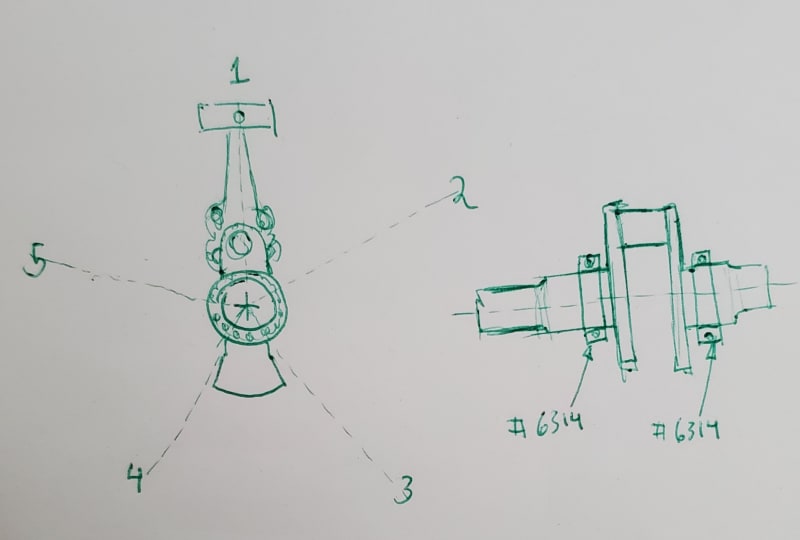RoarkS
Mechanical
- Jul 10, 2009
- 264
Okay bearing gods...
I'm trying to develop the case for ICE engine to support the main bearings #6314
I've gathered that both the race and inner ring needs to be an interference fit.
I'm machining the housing out of Aluminum 6061-T6.
The shaft is probably 4130 RHC 30-35
operating temp is 185-210°F 245 redline.
I'm thinking I need a steel top hat the bearing is installed in, then a slip fit into the aluminum housing and secure it using a few screws.
Ideas? this is much bigger than stuff I typically play with. A little out of my comfort zone.
I'm trying to develop the case for ICE engine to support the main bearings #6314
I've gathered that both the race and inner ring needs to be an interference fit.
I'm machining the housing out of Aluminum 6061-T6.
The shaft is probably 4130 RHC 30-35
operating temp is 185-210°F 245 redline.
I'm thinking I need a steel top hat the bearing is installed in, then a slip fit into the aluminum housing and secure it using a few screws.
Ideas? this is much bigger than stuff I typically play with. A little out of my comfort zone.

